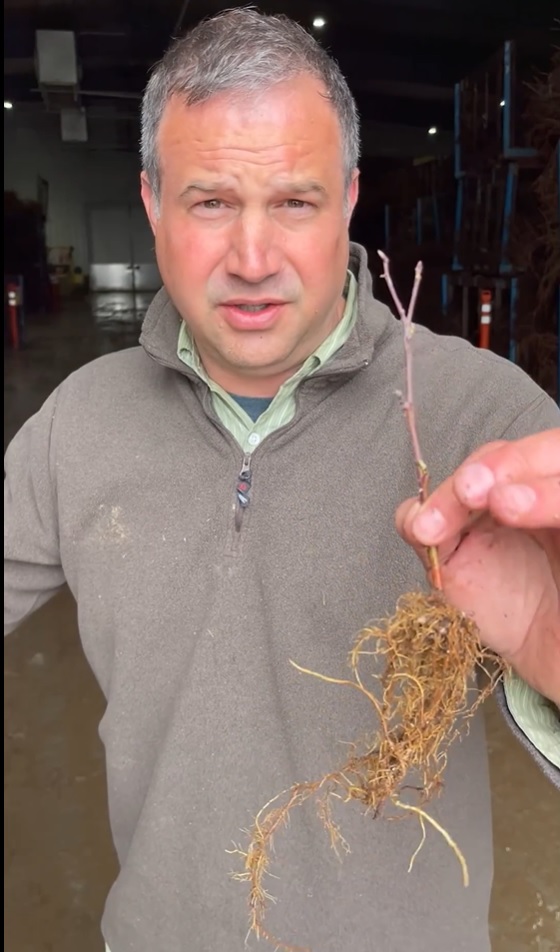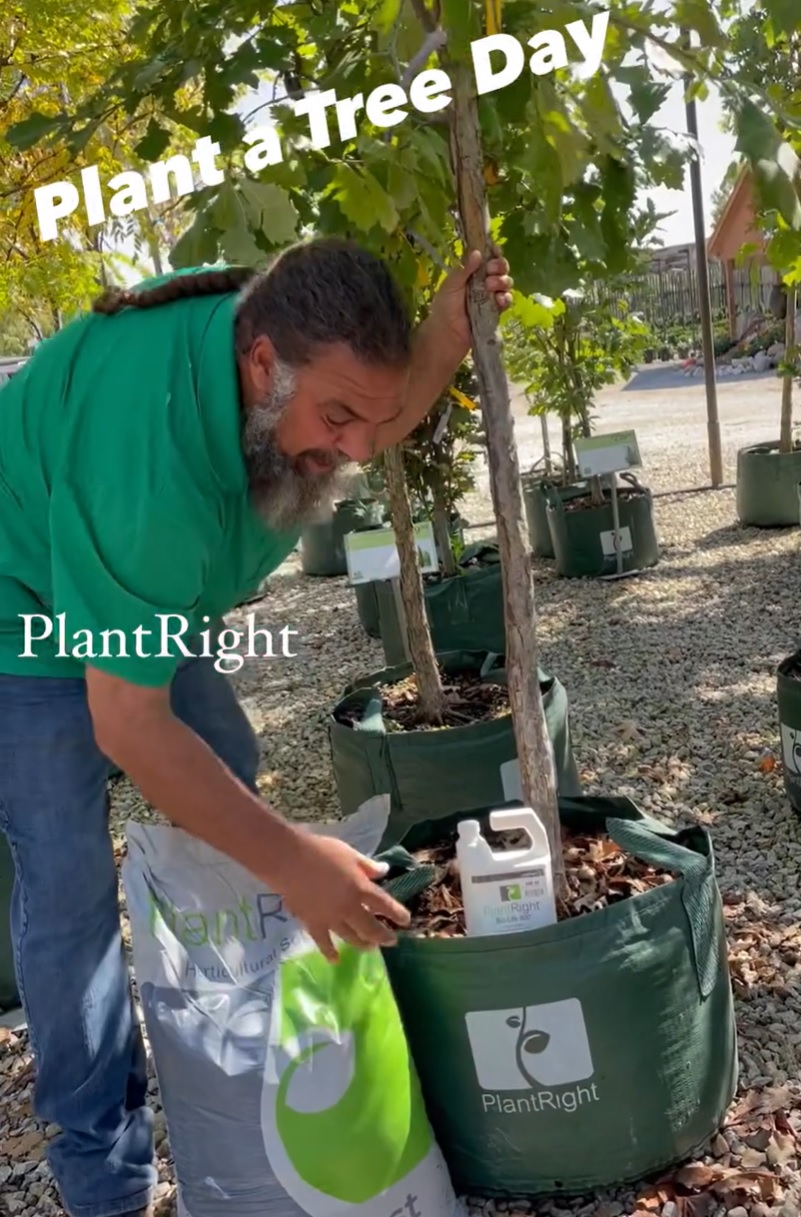Over my 20+ years in the horticultural industry, I can say with certainty that I have planted tens of thousands of trees. After several years doing so, I just stopped counting. I have had the pleasure of working with many brilliant arborists, nurserymen and nurserywomen, growers and landscapers. Over the years and I’ve noticed one peculiar thing. Everyone has a different style of planting trees, and each person swears by their particular method.
When people ask me how to plant a tree, I respond with “It depends”. Many factors come into play when it comes to planting a tree. I wouldn’t plant a tree the same way in clay as I would in rich topsoil. I wouldn’t plant a pine tree the same way as a willow tree. I wouldn’t plant an oak tree the same way in a low-lying area as I would an oak in a flat prairie.
Here's the Rub
As a Nurseryman in a retail setting, we must have a one size fits all way to explain how to properly plant a tree, so our customers have success. Our PlantRight system is one of the best methods of proper tree planting I’ve seen, and it works wonderfully! But sometimes I will give slightly different instructions as to planting depth depending on the species of the tree and its proposed planting location. There are many different factors to consider for the best overall health of every tree, and I try my best to tailor a proper planting solution for every tree and client.
In Clay: Plant High & It Won't Die!
I’ve heard this many times in my career, and I’ve found there’s truth and false to it. In clay soils, it is necessary to plant the tree above grade for the best root development and establishing a great root system.
- In heavy clay, I might plant an evergreen tree upwards of 20-30% above grade to keep the root system from staying too wet for too long.
- I would not employ the same depth to a water loving tree like a willow or birch, as 30% above grade is excessive. For these types of trees, 10% above grade is more than acceptable. With an oak or sugar maple, 15-20% above grade is acceptable.
- In good topsoil, I would plant a spruce 15-20% above grade, while a moisture loving tree I would plant only about 10% above grade.
Let's Dig In!
- Use your shovel to remove the turf and the first inch or so of soil
- Dig a hole that is 1.5 to 2 times the size of the root ball, and to the proper depth depending on native soil type and your tree’s needs. Remove 50% of the excavated soil, while putting 50% into a wheelbarrow or on a tarp
- Replace the removed soil with 50% quality compost. I prefer cotton burr compost, but each to their own
- Blend the soil and compost thoroughly together to create a nice friable blend. Remember if planting in clay, this can be a bit of a pain to get a good blend. Don’t skip this step!
- Place the tree in its new home, adjusting the depth of the hole as needed for soil type and your trees requirements. Backfill with the mixed friable soil, tamping as needed to settle the soil. Tier the soil from the top of the root ball to the edge of the planting hole, creating a gentle slope.
- Apply a top dressing of the mulch of your choice, about 2’’ deep, making sure to leave an inch or two between the mulch and the trunk of the tree.
- Apply a correct amount of the Bio-Life 800 mixed with water to the root zone, slowly saturating the root ball and surrounding soil
- Stake the tree so it has a bit of play, but it won’t shift the root ball if we have wind storms
I hope that I have made a proper case for the way I personally plant my trees. Like most decisions in life, being informed before you make a decision is always beneficial. If you ever have questions about anything green and growing, come out to Colonial Gardens and let us assist you with all of your plant solutions!
Thanks for your thyme,
Trav
Written By "Trav the Tree Guy" Travis Morcha




